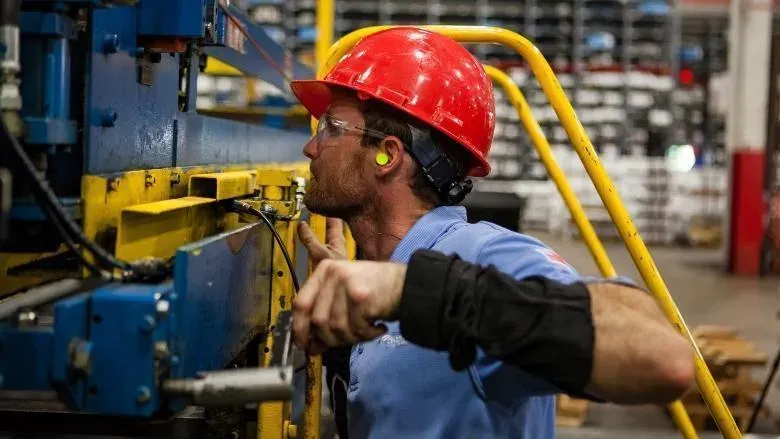Protecting a manufacturing facility requires a multi-faceted effort. Here’s a look at a few steps every manufacturer should take to protect against security risks.
Risk assessment
Begin with a detailed risk assessment conducted by an experienced security integrator or consultant. They will identify both security strengths and weaknesses, considering external and internal security threats. The evaluation should include local and regional risks that extend beyond a site’s perimeter. Keep employee safety in — the manufacturing sector has a high risk of workplace accidents, many of which could shut down a plant. Don’t overlook cybersecurity risks.
Create a security plan using the assessment’s findings and then run regular penetration tests checking the plan and adjusting as necessary. Fences, lights, and gates protect the perimeter. Security guards provide extra protection.
Layered security
Layered electronic security reduces risk. Intrusion sensors, such as motion detectors, create alarms when perimeters and sensitive interior areas are breached. Tiered access control enables employees to enter only those areas required to complete their jobs. Visitor management systems, many with self-serve kiosks, allow visitors to use their government-issued ID to sign in and out. It’s important to know where all employees and visitors are in case of an emergency or evacuation.
Concrete bollards block vehicles driven at high speeds from ramming into lobbies, offices, and open manufacturing floors. Security guards stationed at vehicular and lobby entries inspect people entering the facility. Robotic guards with embedded cameras can patrol hazardous areas, with staff monitoring the video to help the site remain safe.
Video surveillance
Video surveillance is vital for security as cameras provide a real-time view of critical areas. Use cameras to monitor perimeters, parking lots and garages, entries, lobbies, and manufacturing floors. Position cameras to overlook loading and unloading docks to spot internal or external cargo theft. Thermal cameras provide images at night.
The amount of video from dozens to hundreds of cameras is often overwhelming to a security team. To remedy this issue, built-in video analytics can create alarms when motion is detected within pre-defined areas. However, these alarms are false more than 90% of the time, resulting from non-threatening events such as wind-blown trash or an insect on a camera lens. By taking time to review these alarms, security operators risk missing a true emergency.
Cloud-based event-driven analytics review alarms looking for motion from humans or vehicles. In most cases, this eliminates more than 90% of false alarms. Fewer false alarms enable a security team to reduce response times to genuine events. A cloud-based analytic system takes minutes to install and, with converters, can monitor IP and analog cameras. These systems also provide loitering, crowd-forming detection, camera health checks, and aid in forensic investigations. Artificial intelligence algorithms search for alarms containing objects of similar appearance from all or selected sites, enabling tracking of an object’s movement across multiple cameras.
A video surveillance system also helps maintain health and safety on the manufacturing floor. Cameras show the use of appropriate protective equipment and safety measures. The recorded video provides evidence that government regulations are met.
Cybersecurity
Don’t overlook cybersecurity, as most manufacturing processes are automated. Supervisory control data acquisition (SCADA) systems communicate with industrial control systems to provide manufacturers with real-time data and operations analysis. Together, these systems gather data and manage processes remotely. A hack might cause massive disruptions to the manufacturing process and employee safety.
Also, databases containing trade secrets, customer lists, employee data, and more require firewalls and malware protection to guard against hackers.
All these physical and cyber resources are necessary to avoid disruptions that possibly lead to severe financial losses and upsets to individual manufacturers and the larger supply chain.





